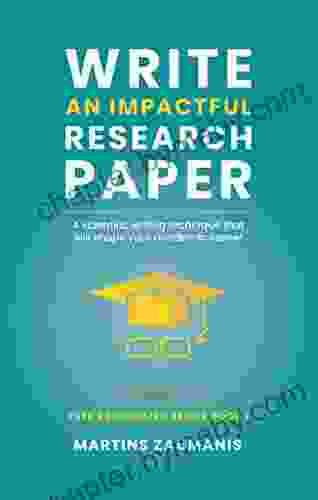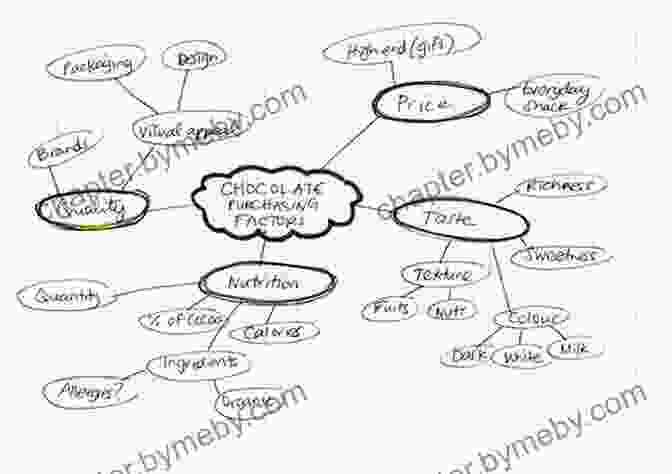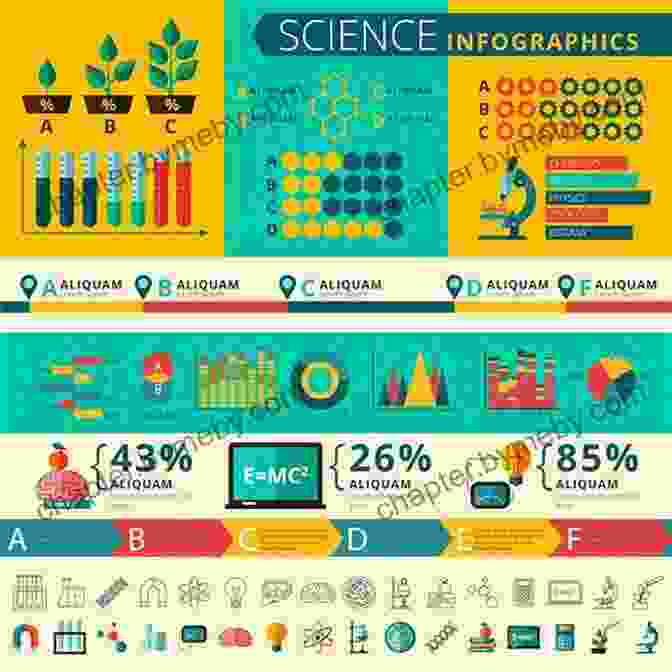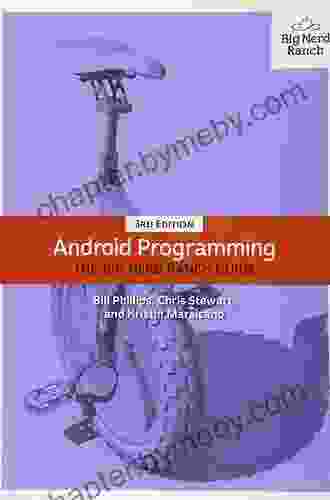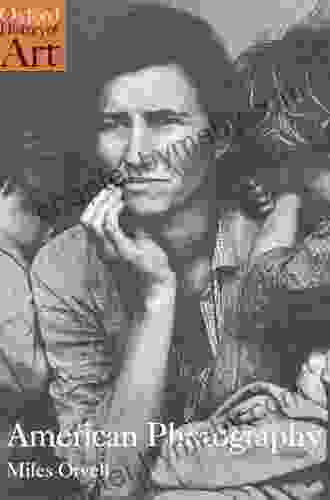Unlock the Secrets of Scientific Writing: A Technique to Transform Your Academic Journey

As an aspiring academic, mastering the art of scientific writing is paramount to shaping a successful career. Your written words have the power to convey your research findings, validate your theories, and establish your reputation as a thought leader. To excel in this realm, embrace the following techniques that will elevate your scientific writing prowess.
Lay the Foundation: Organize Your Thoughts
Before embarking on the writing process, it is imperative to organize your thoughts logically. Begin by devising an outline that serves as the blueprint for your paper. Determine the main sections—, Methods, Results, Discussion, and —and identify the key points within each section. This structured approach will guide your writing and ensure a cohesive flow.
4.5 out of 5
| Language | : | English |
| File size | : | 7654 KB |
| Text-to-Speech | : | Enabled |
| Screen Reader | : | Supported |
| Enhanced typesetting | : | Enabled |
| X-Ray | : | Enabled |
| Word Wise | : | Enabled |
| Print length | : | 109 pages |
| Lending | : | Enabled |
Consider using mind maps or visual organizers to visualize the connections between ideas and identify potential gaps in your knowledge. This preparatory step will not only save you time in the long run but also enhance the clarity and organization of your final product.
Craft a Captivating
The is your first opportunity to capture the reader's attention and establish the significance of your research. Begin with a compelling hook that grabs the reader's interest, such as a thought-provoking question or a surprising fact. Clearly state your thesis statement, which will serve as the guiding light for the rest of the paper.
Provide background information that sets the context for your research. Reference relevant literature to demonstrate your understanding of the field and to position your own work within the broader scientific landscape.
Describe Methods with Precision
The Methods section is where you meticulously describe the materials and methods used in your study. This section should be detailed and transparent enough to allow other researchers to replicate your work. Describe the experimental design, apparatus, and procedures in a chronological Free Download.
Use clear and concise language, avoiding jargon or technical terms that may be unfamiliar to your audience. Incorporate subheadings and bullet points to enhance readability and organization. Ensure that your methods are sound and ethically justifiable.
Present Results with Accuracy
In the Results section, present your findings accurately and objectively. Use tables, graphs, or figures to illustrate your data. Avoid overinterpreting or exaggerating your results. Instead, focus on describing what the data reveals without bias or speculation.
Highlight the most important findings and explain their implications. Discuss any unexpected or anomalous results and provide potential explanations for them. Remember to cross-reference your results with the figures and tables to support your claims.
Engage in Thoughtful Discussion
The Discussion section is where you interpret your results and engage in a critical analysis of your findings. Discuss the significance of your research in relation to the existing body of knowledge. Explore the implications of your findings and their potential applications.
Consider alternative explanations for your results and address any limitations or weaknesses in your study. Propose directions for future research that stem from your findings. End the Discussion section with a concise summary of your main points and a restatement of your thesis.
Craft a Compelling
The section should provide a concise summary of your research findings, restate your thesis statement, and highlight the broader implications of your work. It should not introduce new information but rather serve as a closure to your paper.
End with a strong closing statement that leaves a lasting impression on the reader. Consider posing a thought-provoking question or offering a vision for the future based on your findings.
Additional Tips for Success
Beyond the core techniques described above, embrace the following additional tips to enhance your scientific writing prowess:
- Use clear and concise language: Avoid jargon, technical terms, and ambiguous phrases. Write in a style that is accessible to your target audience.
- Proofread carefully: Before submitting your paper, proofread it thoroughly for any errors in grammar, spelling, or punctuation. Consider using a spell checker and grammar checker to assist you.
- Seek feedback from peers or mentors: Share your draft with others and seek constructive criticism. Their feedback can help you identify areas for improvement and strengthen the overall quality of your writing.
- Practice regularly: The more you write, the better you will become at it. Dedicate time to writing exercises and practice different types of scientific writing, such as abstracts, research articles, and conference papers.
- Stay up-to-date with current writing styles and conventions: Attend workshops or consult with experts in the field to learn about the latest best practices and formatting requirements for scientific writing.
Mastering scientific writing is a journey, not a destination. Embrace the techniques outlined in this article and continuously strive to improve your writing skills. With dedication and practice, you can transform your writing into a powerful tool that will propel your academic career to new heights. Remember, great writing is not simply a matter of following rules but of crafting a compelling narrative that captivates, informs, and inspires your readers.
Image Alt Attributes:
4.5 out of 5
| Language | : | English |
| File size | : | 7654 KB |
| Text-to-Speech | : | Enabled |
| Screen Reader | : | Supported |
| Enhanced typesetting | : | Enabled |
| X-Ray | : | Enabled |
| Word Wise | : | Enabled |
| Print length | : | 109 pages |
| Lending | : | Enabled |
Do you want to contribute by writing guest posts on this blog?
Please contact us and send us a resume of previous articles that you have written.
 Book
Book Novel
Novel Page
Page Chapter
Chapter Text
Text Story
Story Genre
Genre Reader
Reader Library
Library Paperback
Paperback E-book
E-book Magazine
Magazine Newspaper
Newspaper Paragraph
Paragraph Sentence
Sentence Bookmark
Bookmark Shelf
Shelf Glossary
Glossary Bibliography
Bibliography Foreword
Foreword Preface
Preface Synopsis
Synopsis Annotation
Annotation Footnote
Footnote Manuscript
Manuscript Scroll
Scroll Codex
Codex Tome
Tome Bestseller
Bestseller Classics
Classics Library card
Library card Narrative
Narrative Biography
Biography Autobiography
Autobiography Memoir
Memoir Reference
Reference Encyclopedia
Encyclopedia Martin Erwig
Martin Erwig Matt Krantz
Matt Krantz Scotty Smiley
Scotty Smiley Steven Bright
Steven Bright Michael Cawood
Michael Cawood Shannon E Perry
Shannon E Perry Mike Puma
Mike Puma Melinda Melton Crow
Melinda Melton Crow Melissa Marr
Melissa Marr Thea Fielding Lowe
Thea Fielding Lowe Susan Minton
Susan Minton Mary A Decredico
Mary A Decredico Maur B Stringer
Maur B Stringer Penny Draper
Penny Draper Patricia Seibert
Patricia Seibert Richard Bellman
Richard Bellman Michael Head
Michael Head Stephen Quiller
Stephen Quiller Matthew B Crawford
Matthew B Crawford Shaun Morey
Shaun Morey
Light bulbAdvertise smarter! Our strategic ad space ensures maximum exposure. Reserve your spot today!
 W.B. YeatsFollow ·6.5k
W.B. YeatsFollow ·6.5k Christopher WoodsFollow ·4.8k
Christopher WoodsFollow ·4.8k Douglas FosterFollow ·16.4k
Douglas FosterFollow ·16.4k Matt ReedFollow ·19.9k
Matt ReedFollow ·19.9k Leo MitchellFollow ·12.1k
Leo MitchellFollow ·12.1k Ken SimmonsFollow ·18.5k
Ken SimmonsFollow ·18.5k Henry GreenFollow ·4.7k
Henry GreenFollow ·4.7k Hudson HayesFollow ·11.2k
Hudson HayesFollow ·11.2k

 Henry James
Henry JamesCold War Fighter Pilot Story: A Captivating Tale of...
Enter the Cockpit of...
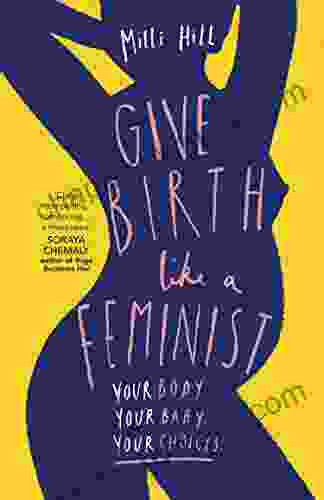
 Rudyard Kipling
Rudyard KiplingYour Body Your Baby Your Choices: The Essential Guide to...
Pregnancy and...

 Fabian Mitchell
Fabian MitchellMichelle Obama: An Intimate Portrait - A Must-Read for...
Michelle Obama is a prominent figure in...
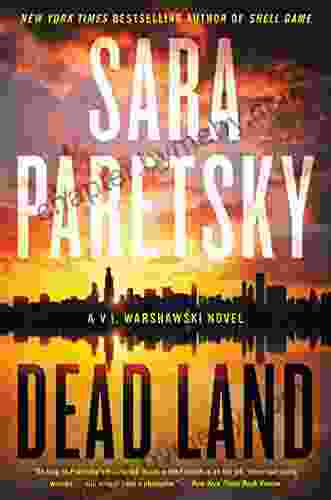
 Juan Butler
Juan ButlerUncover the Secrets of the Dead Land Warshawski Novels
Prepare to delve...
4.5 out of 5
| Language | : | English |
| File size | : | 7654 KB |
| Text-to-Speech | : | Enabled |
| Screen Reader | : | Supported |
| Enhanced typesetting | : | Enabled |
| X-Ray | : | Enabled |
| Word Wise | : | Enabled |
| Print length | : | 109 pages |
| Lending | : | Enabled |


